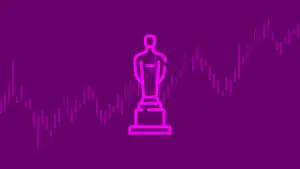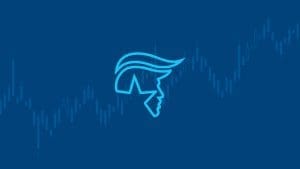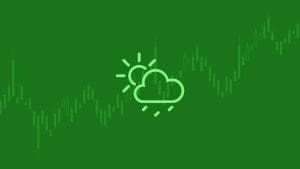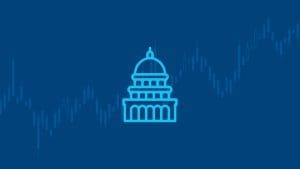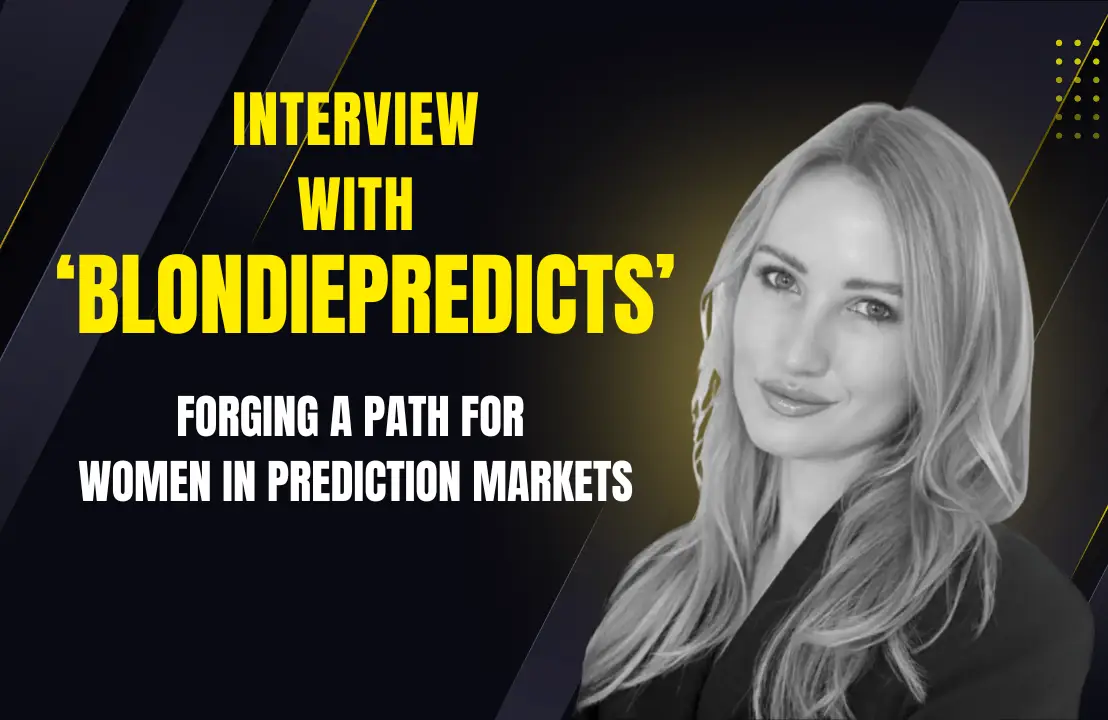A long-time expert trader on the U.S.-regulated prediction market platform Kalshi forecasts a 25-basis-point cut at the upcoming November Federal Reserve meeting, pointing to the Fed’s shift toward a more gradual expansionary monetary policy.
“All indications right now are that they’re probably going to cut 25 in November,” said the user known as Noland, ranked sixth among Kalshi’s non-election top profit earners, in an exclusive interview with Prediction News. “If the market is pricing in a 25-basis-point cut, in my opinion, that’s what they’ll do—unless they tell us otherwise beforehand.”
All bets on 25
As of Oct. 23, top prediction markets are heavily favoring a 25-basis-point cut. Kalshi shows an 84% probability of a 25 bps cut, closely aligned with Polymarket’s 83%. Meanwhile, the CME Group’s FedWatch tool puts the likelihood even higher, at 91%. This near-consensus among markets reflects widespread confidence that the Fed will opt for a modest cut, especially given recent economic indicators.
The likelihood of a 50-basis-point cut remains negligible, with less than 5% probability across the platforms. The second most likely scenario is no cut at all, as some analysts argue that while inflation continues to recede, the Fed could hold rates steady amid signs of a robust labor market.
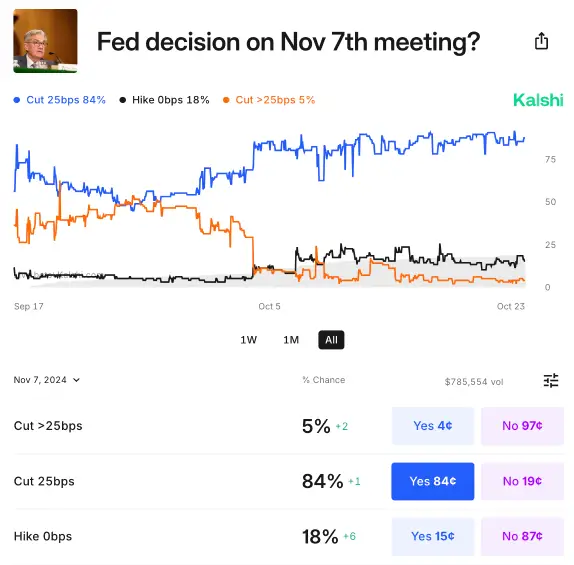
What does the Fed say?
The economic data in recent weeks suggest a complex picture. After the larger-than-expected 50-basis-point cut at the Fed’s September meeting, inflation has continued its retreat, and the latest jobs report shows a surprisingly strong labor market. These factors suggest the Fed may not need to cut rates as aggressively, raising the key question: How much will the Fed ease up?
San Francisco Fed President Mary Daly reaffirmed the Fed’s commitment to sustainable price stability, stating that the Fed aims for a “durable expansion.” On the other hand, Dallas Fed President Lorie Logan signaled that more rate cuts could be on the horizon, citing a strong economic backdrop. However, Atlanta Fed President Raphael Bostic took a more cautious stance, emphasizing the need for patience. “I’m totally comfortable with skipping a meeting if the data suggest that’s appropriate,” Bostic said.
Despite this divergence of views, Noland stressed that traders should focus primarily on Fed Chair Jerome Powell. “The (regional Fed) presidents’ opinions are valuable, but they don’t carry nearly as much weight as Powell’s,” he said. “When Powell speaks, that’s what you should focus on.”
So far, Powell has maintained a steady course. Following the Sept. 18 meeting, Powell indicated that the Fed is likely to stick with its standard quarter-point cuts, reiterating the Fed’s commitment to a measured approach. He has repeatedly emphasized that the central bank remains committed to bringing inflation down to its target and is not hurrying to make deeper cuts.
Numbers and noise
Betting on the Fed may seem complex, but prediction market traders have the advantage of using readily available economic data, such as the Consumer Price Index (CPI), Producer Price Index (PPI), Job Openings and Labor Turnover Survey (JOLTS), etc., to inform their bets. Still, Noland cautions that even data-driven decisions involve a degree of subjectivity.
President Mary Daly of the San Francisco Fed has clarified that the central bank is not “data-reactive,” as economic data can be revised and may lead to inaccurate conclusions in the short term. “Being highly reactive to data that get revised is unsettling. It’s also a recipe for bad policy-making,” said President Daly.
In the case of the November meeting, the CPI report will not be released before the meeting, and the JOLTS report—while due a few days ahead—may be skewed by external factors such as hurricanes Helene and Milton, as well as strikes from longshoremen and Boeing workers.
Because of these potential complications, Noland advises traders to focus less on the raw data and more on how the Fed interprets that data. “Their opinion of the data is more important than ours because they’re the ones making the decision,” Noland explained.
He recommends a simple hierarchy for market participants: “Number one, listen to what Powell says. Number two, pay attention to how the media interprets Powell’s remarks. Number three, consider what other Fed officials say. And finally, look at the economic data like CPI and jobs reports.”
A pretty sure bet
As the November Federal Reserve meeting approaches, traders are keeping a close eye on market indicators and Fed communications, with the majority betting on a 25-basis-point cut. While conflicting statements from Federal Reserve presidents offer varied outlooks, the market consensus appears to hinge on Powell’s steady, predictable approach.
The Fed will enter its blackout period this Saturday, during which officials will refrain from public commentary. Noland believes that if Powell were to reconsider his stance, it would be detectable through media coverage. “Powell doesn’t like to surprise the market. If he changes his mind, he will find another way to convey that information to the market.”





